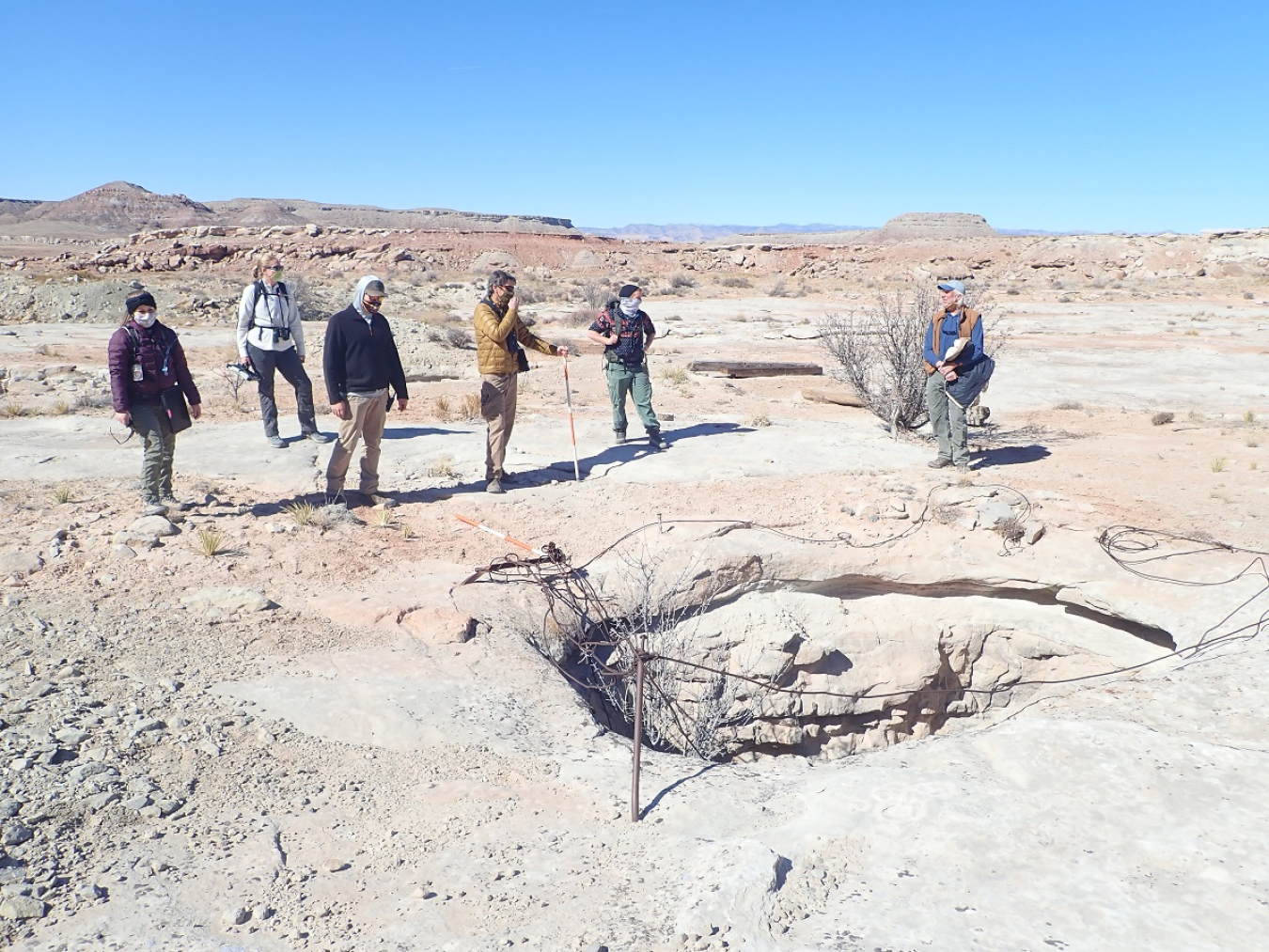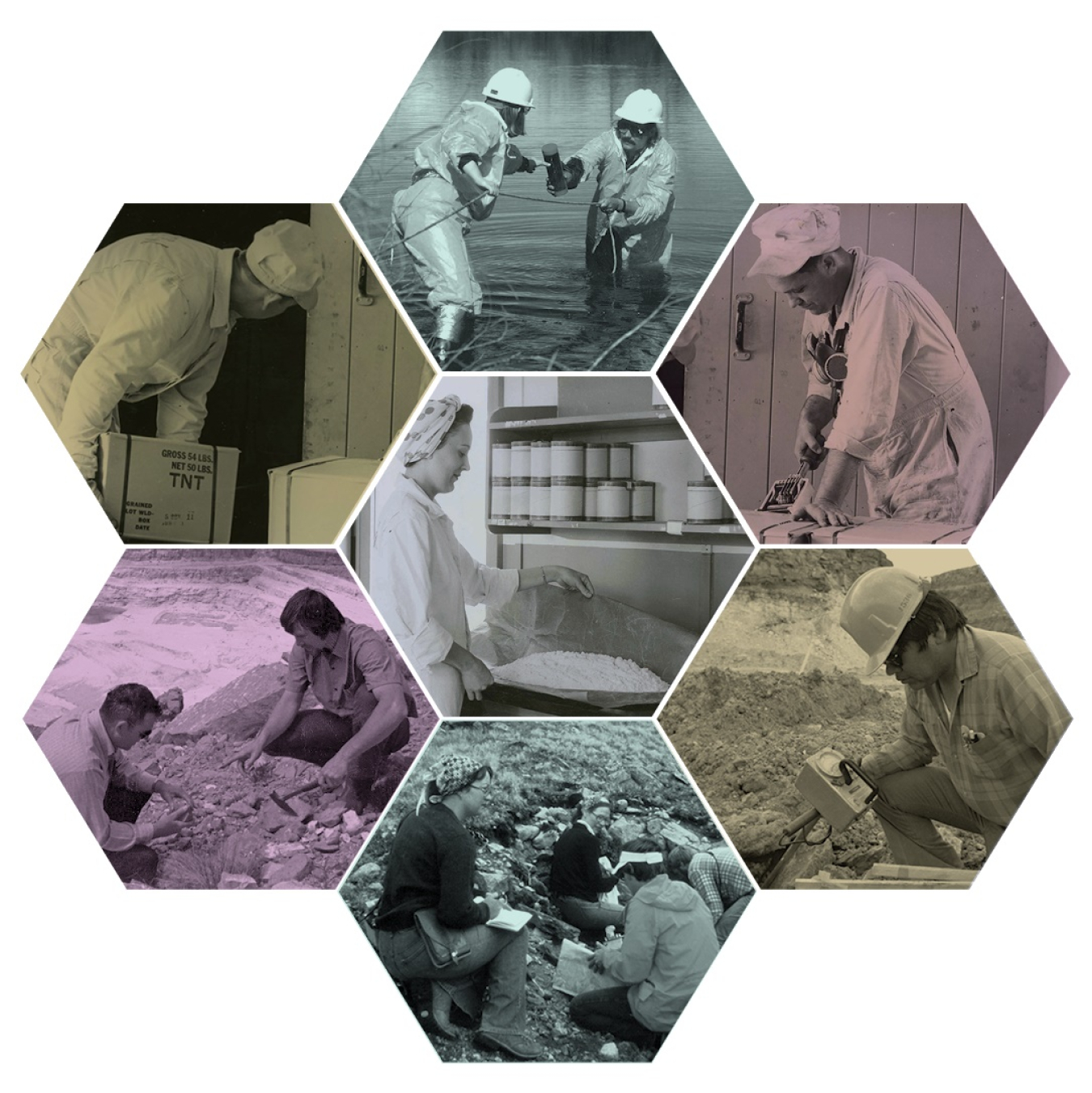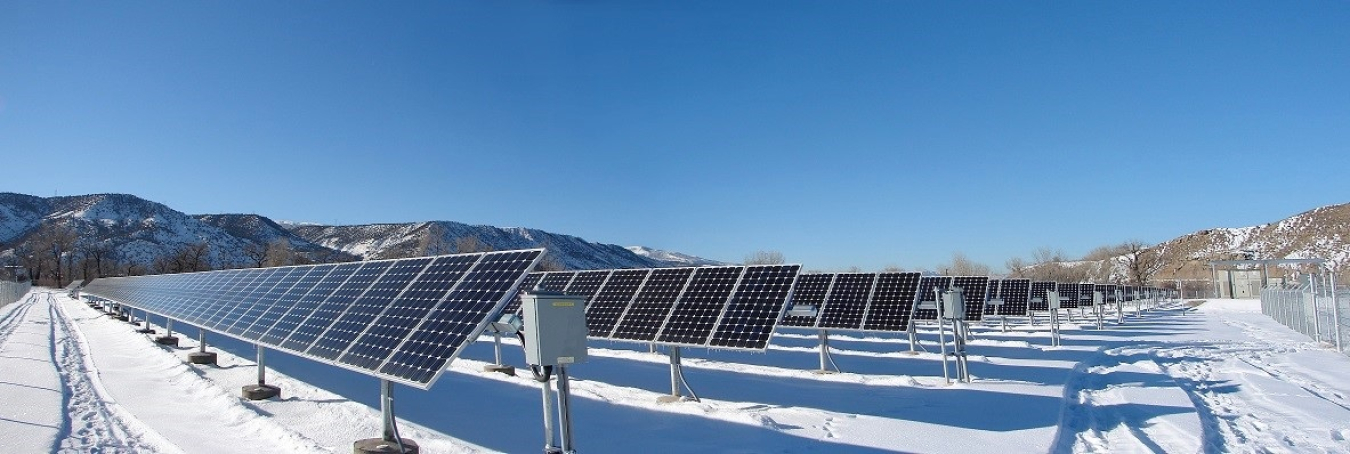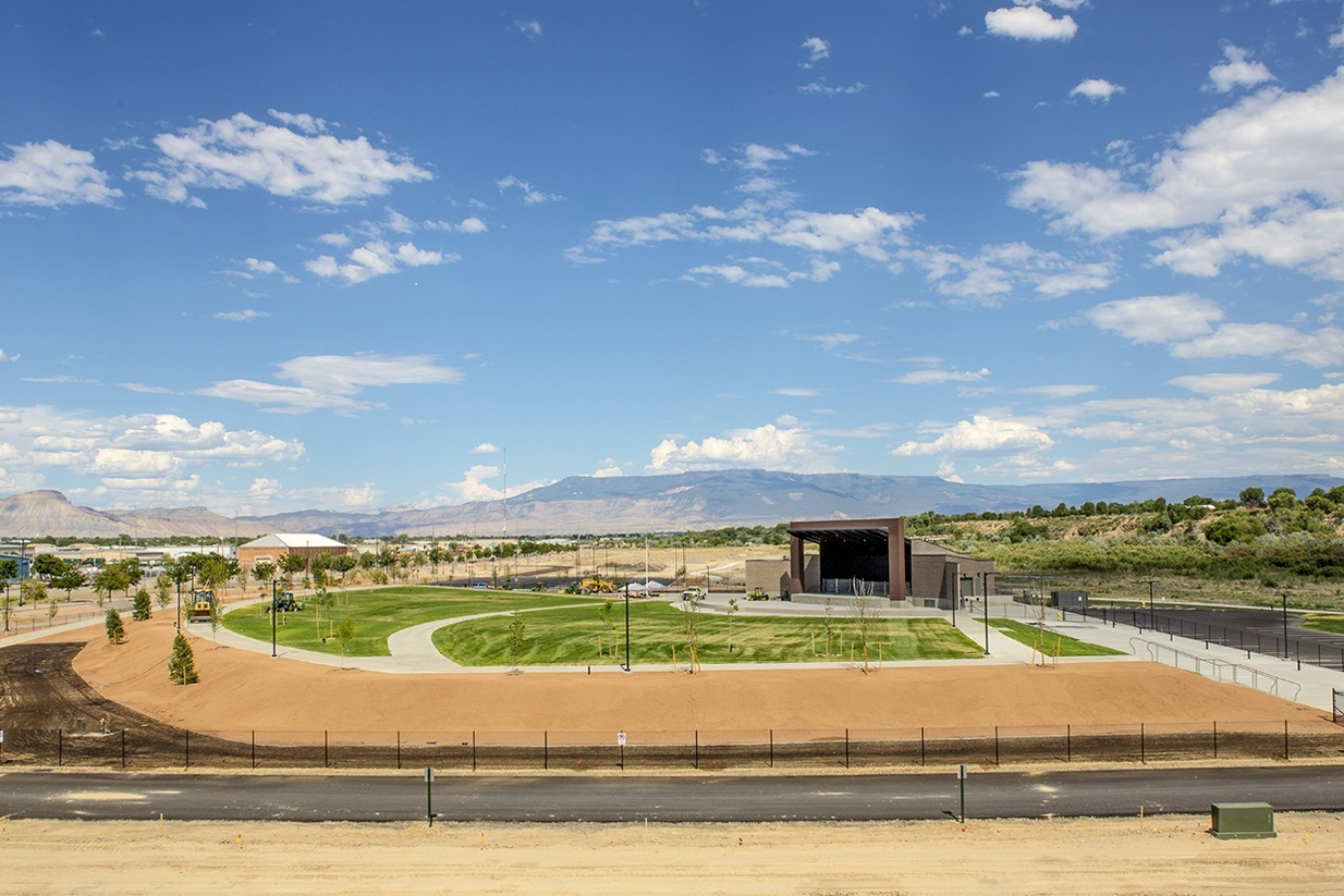A snapshot of the work LM completed throughout 2021 shows sustained momentum in protecting human health and the environment. For a complete rundown of LM’s work throughout 2021, take a look at the 2021 Annual Historical Summary.
February 11, 2022A snapshot of the work LM completed throughout 2021 shows sustained momentum in protecting human health and the environment. For a complete rundown of LM’s work throughout 2021, take a look at the 2021 Annual Historical Summary.
The second year of the COVID-19 pandemic presented its own unique challenges, but the U.S. Department of Energy’s (DOE) Office of Legacy Management (LM) approached its vital remediation efforts with a streamlined telework posture, continued dedication to human health and the environment, and an adaptability to constantly changing conditions.
In 2021, LM’s accomplishments ranged from completing in-depth reviews of the continued protectiveness of remedies in place at sites, to reducing the footprint of its office spaces, to expanding its Science, Technology, Engineering, and Math (STEM) education program, and more.
“LM is here for the long-term, and our mission of protecting human health and the environment doesn’t stop for anything,” said Padraic Benson, a DOE program analyst. “The start of a new year offers a perfect time to pause and reflect on all that we’ve accomplished during the past 12 months.”
The accomplishments below are just a snapshot of the work LM completed last year. The Annual Historical Summary documents the breadth of these and many other significant activities.
LM’s progress is best illustrated against six core goals:
Goal 1: Protect Human Health and the Environment
- The DRUM program is a partnership among DOE, federal land management agencies, state abandoned mine land programs, and tribal governments to verify, validate, and safeguard abandoned uranium mines that provided ore for the nation’s nuclear weapons complex. The DRUM program completed 507 field visits and verification and validation (V&V) activities at DRUM sites this season.
- LM conducted Comprehensive Environmental Response, Compensation, and Liability Act (CERCLA) Five-Year Reviews for six sites. The purpose of a Five-Year Review is to assess whether the remedies (e.g., land use restrictions, long-term groundwater monitoring, contingent remediation) continue to be effective.

In March, DRUM staff held an ecological field day at the Telluride 18 Mine in the Yellow Cat area of southwest Colorado. The field day gave newly hired ecologists the opportunity to go over information collected in the V&V process and familiarize themselves with the local flora and fauna.
Goal 2: Preserve, Protect, and Share Records and Information
- The Archives and Information Management (AIM) team continued to ensure LM records are properly maintained and protected. The AIM team dispositioned 447 boxes of physical records at the Legacy Management Business Center and 3,065 electronic records as part of LM’s annual disposition exercise.

LM began digitizing collections of physical records to be stored in Content Manager for easier retrieval for stakeholder requests.
Goal 3: Safeguard Former Contractor Workers’ Retirement Benefits
- The Legacy Management Post-Closure Benefits Program includes the development, implementation, and oversight of the Department’s policy concerning the continuation of contractor pension and medical benefits after the closure of applicable DOE sites and facilities. As of 2021, DOE provided health and life insurance for about 9,300 former DOE workers.

The primary program objective is to ensure a seamless transition of benefits administration after closure.
Goal 4: Sustainably Manage and Optimize the Use of Land and Assets
- In September, the city of Rifle began construction of a new solar array on the New Rifle, Colorado, Processing Site. LM’s risk-based review of the city’s plans ensured that, despite potential site disturbance, the project complies with institutional controls and does not pose a health risk to the community or the environment.
- LM implemented a phased reduction in its current occupied leased footprint, which resulted in a total reduction of 6,500 square feet at four of the LM sites.

New solar array on the New Rifle, Colorado, Processing Site.
Goal 5: Sustain Management Excellence
- In May, the EPA recognized both LM’s Rocky Flats Site and Las Colonias Park with a National Federal Facility Excellence in Site Reuse Award. The award celebrates the work of federal agencies, states, tribes, local partners, and developers in restoring and reusing contaminated land at federal facilities.

Las Colonias Park in Grand Junction, Colorado.
Goal 6: Engage the Public, Governments, and Interested Parties

STEM with LM recently teamed up with We Are R.I.S.E. to hold a virtual science experiment for a group of young girls in South Los Angeles.
LM, in cooperation with the Navajo Abandoned Mine Lands Reclamation/Uranium Mill Tailings Remedial Action (AML/UMTRA) Department, successfully re-engaged the Tribal Intergovernmental Resource Team (TIGR), which focuses on strengthening tribal relationships and STEM programming. Additionally, the organization’s STEM with LM program leveraged online platforms to not only produce educational content but also develop new partnerships with school districts and nonprofit organizations. In June, STEM with LM collaborated with We Are R.I.S.E. Inc., a mentoring group for young girls of color, to provide online tutorials for at-home chemistry experiments for students based in Los Angeles.

